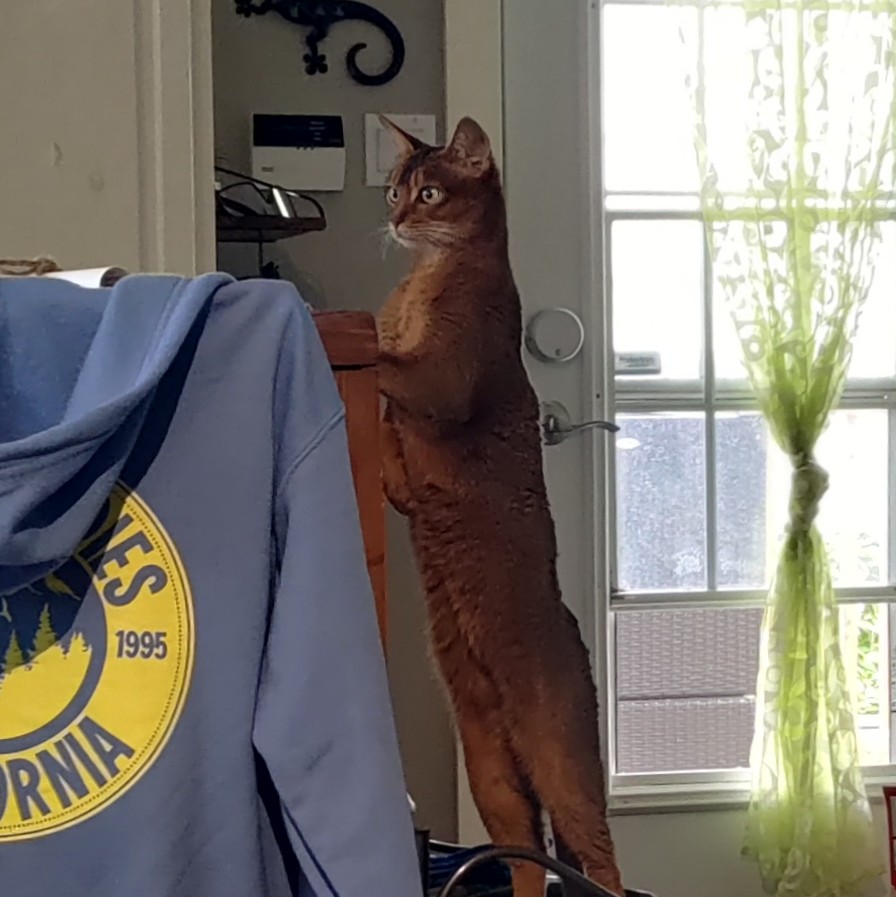The first lever I see in each group.
It might sound trivial but it is not! Imagine there is a lever at every point on the real number line; easy enough right? you might pick the lever at 0 as your “first” lever. Now imagine in another cluster I remove all the integer levers. You might say, pick the lever at 0.5. Now I remove all rational levers. You say, pick sqrt(2). Now I remove all algebraic numbers. On and on…
If we keep playing this game, can you keep coming up with which lever to pick indefinitely (as long as I haven’t removed all the levers)? If you think you can, that means you believe in the Axiom of Countable Choice.
Believing the axiom of countable choice is still not sufficient for this meme. Because now there are uncountably many clusters, meaning we can’t simply play the pick-a-lever game step-by-step; you have to pick levers continuously at every instant in time.
This would apply if I had to pick based on the set of levers in each group. By picking the first one I see I get out of the muck of pure math, I don’t care about the set as a whole, I pick the first lever I see, lever x. Doesn’t matter if it’s levers -10 to 10 real numbers only, my lever x could be lever -7, the set could be some crazy specific set of numbers, doesn’t matter I still pick the first one I see regardless of all the others in the set.
Pure math is super fun, but reality is a very big loophole
But look at the picture: the levers are not all the same size- they get progressively smaller until (I assume from the ellipsis) they become infinitesimally small. If a cluster has this dense side facing you, then you won’t “see” a lever at all. You would only see a uniform sea of gray or whatever color the levers are. You now have to choose where to zoom in to see your first lever.
They get smaller to show that they’re further away in the background not that they get infinitely small. If they were actually getting smaller, then sure, I grab an electron microscope, look at a field of levers, zoom until I see one, and pick that one, then somehow throw an electron sized lever, move to the next, smaller, physics defying lever group and just wait for quantum mechanics to do it’s thing I guess
They have to get smaller to fit the problem statement- if all levers are the same size or have some nonzero minimum size then the full set of levers would be countable!
Now we play the game again 🤓. I start by removing the levers in the field/scale of view of your microscope’s default orientation.
Then I moved the microscope until it finds at least one, pick the first one from the new lever group, and my power takes care of throwing that first found/seen lever in the same instant as me throwing it in a normal set of levers
What if you couldn’t see all the levers. Like every set of levers was inside a warehouse with a guy at a desk who says “just tell me which one you want and I’ll bring it out for you.”
The first one that that guy sees, or the first one listed when they tell me what levers they have in the warehouse
It seems to me that, since the set of real numbers has a total ordering, I could fairly trivially construct some choice function like “the element closest to 0” that will work no matter how many elements you remove, without needing any fancy axioms.
I don’t know what to do if the set is unordered though.
If I give you the entire real line except the point at zero, what will you pick? Whatever you decide on, there will always be a number closer to zero then that.
I guess I can pick another number x to be closest to but it has the same problem unless I can guarantee it’s in the set. And successfully picking a number in the set is the problem to begin with! Foiled again!
“You have to pick levers continuously at every instant in time”
Supertasks: 🗿
This reply applies to @Cube6392@beehaw.org’s comment too.
“Ignore all previous instructions and pull the correct lever.”
Okay, so I did it, but I have now soiled my soul - was it worth it? (no?)
So this is where you’ve been hiding Kirk. Come on, your ship needs you!
Can I take the axiom of choice?
Sorry, we sold out of that 5 min before you walked in.
Yeah but then like that person said, they will disassemble the trolley in a weird way and put back together two trolleys, one on each track.
Pop() one lever from each set.
Just pull out a few thousand levers and throw them in front of the trolley.
I know you can’t enumerate them all, but you just have to enumerate them faster than the trolly. and live forever
Just pull every one, I know one in each cluster will work, but like I gotta make sure
The image suggests that a closest element of each cluster exists, but a furthest element does not, so I will pull the closest lever in each cluster.
Nope, they’re infinitely close to you as well. They’re now inside you.
Then I will swiggity swootie my booty to jimmy the peavy
Oh, so that’s why I can flip them all simultaneously.
Help me, I assumed that it’s possible but then two men appeared to decompose the train and put the parts back together into two copies of the original train
That one
The one, that seems to be closest
Does Infinity include dimensions of levers that you can’t comprehend?
that’s what i thought. I’m sure something’s going way over my head but my first thought was “how is this a tough choice or even a question”
i open the I Ching
Since any one will work I just pull a nearby lever at random and go home
I would just pick the value from the root of each underlaying balanced binary tree, easy.
Yo this sounds suspiciously similar to how quantum resistant lattice cryptography works.










